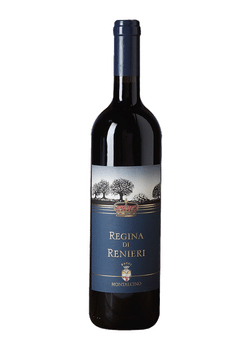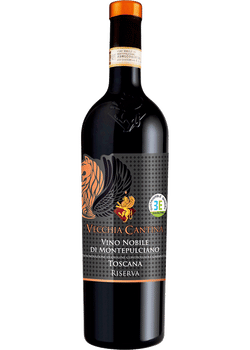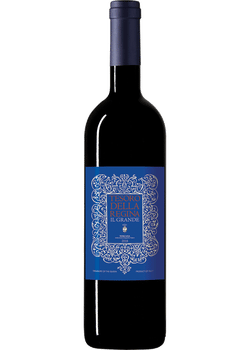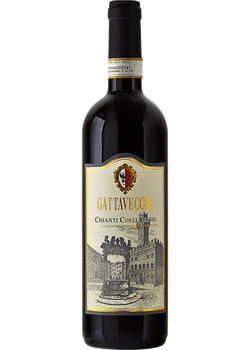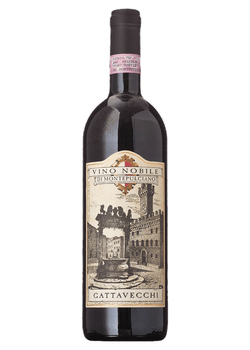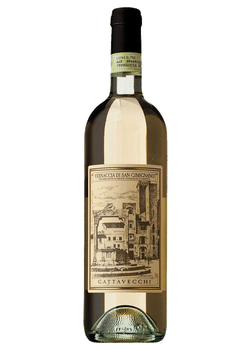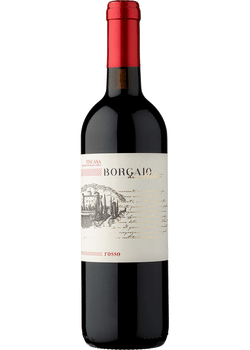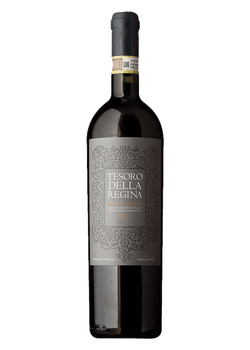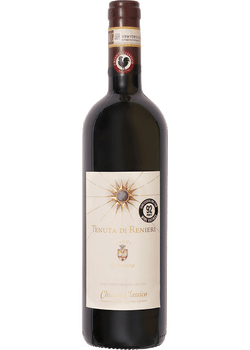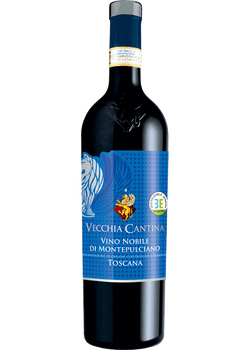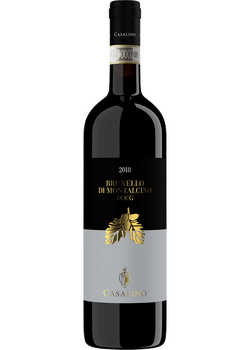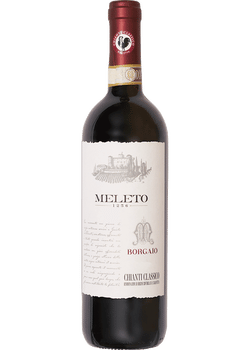Tuscan wine is inseparable from Italy’s history, with recorded references to the area’s wine merchants going back 1,000 years. Wine is a traditional part of the Italian lifestyle, with wine integral to the region’s lauded cuisine. And wine has left its mark on the Tuscan environment: with the region’s winegrowers producing some 26 million cases of wine each year, there are a lot of vines covering Tuscany’s hillsides.
Those idyllic hills, the slopes of Italy’s Apennine mountain range, stretch through Tuscany from north to south. Sangiovese, Tuscany’s native red grape, predominates in the vineyards there. Sangiovese is the chief or sole grape in almost all Tuscan red wines—and more than three-quarters of the wines produced in Tuscany are red.
Chianti Classico, maybe the best-known, is made in a zone from just south of Florence to the city of Siena. The larger Chianti region has seven subzones: Chianti Aretini, Chianti Colli Fiorentini, Chianti Colli Senesi, Chianti Colline Pisane, Chianti Montalbano, Chianti Montespertoli and Chianti Rufina. A wine made in any of these places may be labeled by the specific area or simply as Chianti. Chianti Classico and its highest-quality designation, Chianti Classico Gran Selezione, are made according to more rigorous standards and can usually be identified by a black rooster, or gallo nero, on the bottle neck.
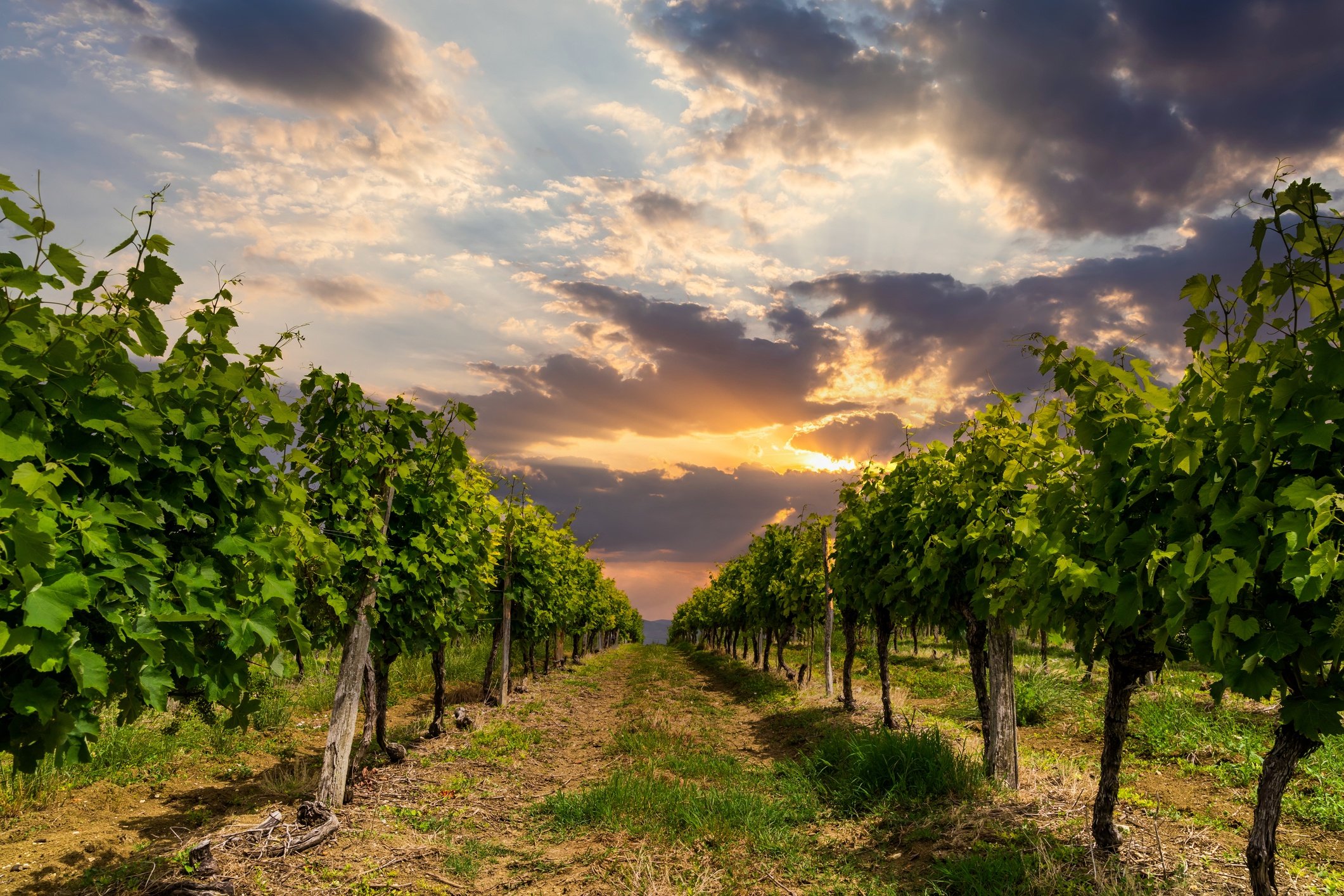
Brunello di Montalcino uses a robust version of Sangiovese, known locally as Brunello. Regulations require this big wine to be aged at least four years before release; a lighter, younger version known as Rosso di Montalcino is made from the same Sangiovese recipe. Vino Nobile di Montepulciano, Tuscany’s third great Sangiovese-based red, is made from what the locals call Prugnolo Gentile grapes. (Don’t confuse this wine with Montepulciano d’Abruzzo, made from a grape named Montepulciano in the Abruzzo region.)
All three of these notable Tuscan wines offer complexity and acidity with bright notes of red fruit, making them famous companions for savory cuisine. More affordable, everyday Chiantis and Tuscan reds are typically simpler, lighter versions of that classic flavor profile.
In the 1970s, some Tuscan winemakers began to chafe under the centuries-old guidelines for making the region’s great red wines. They began blending Sangiovese with international varieties – Cabernet Sauvignon, Merlot and Syrah – and created the hugely popular “Super Tuscan” wines, combining many of the best qualities of traditional and modern Italian wines.
